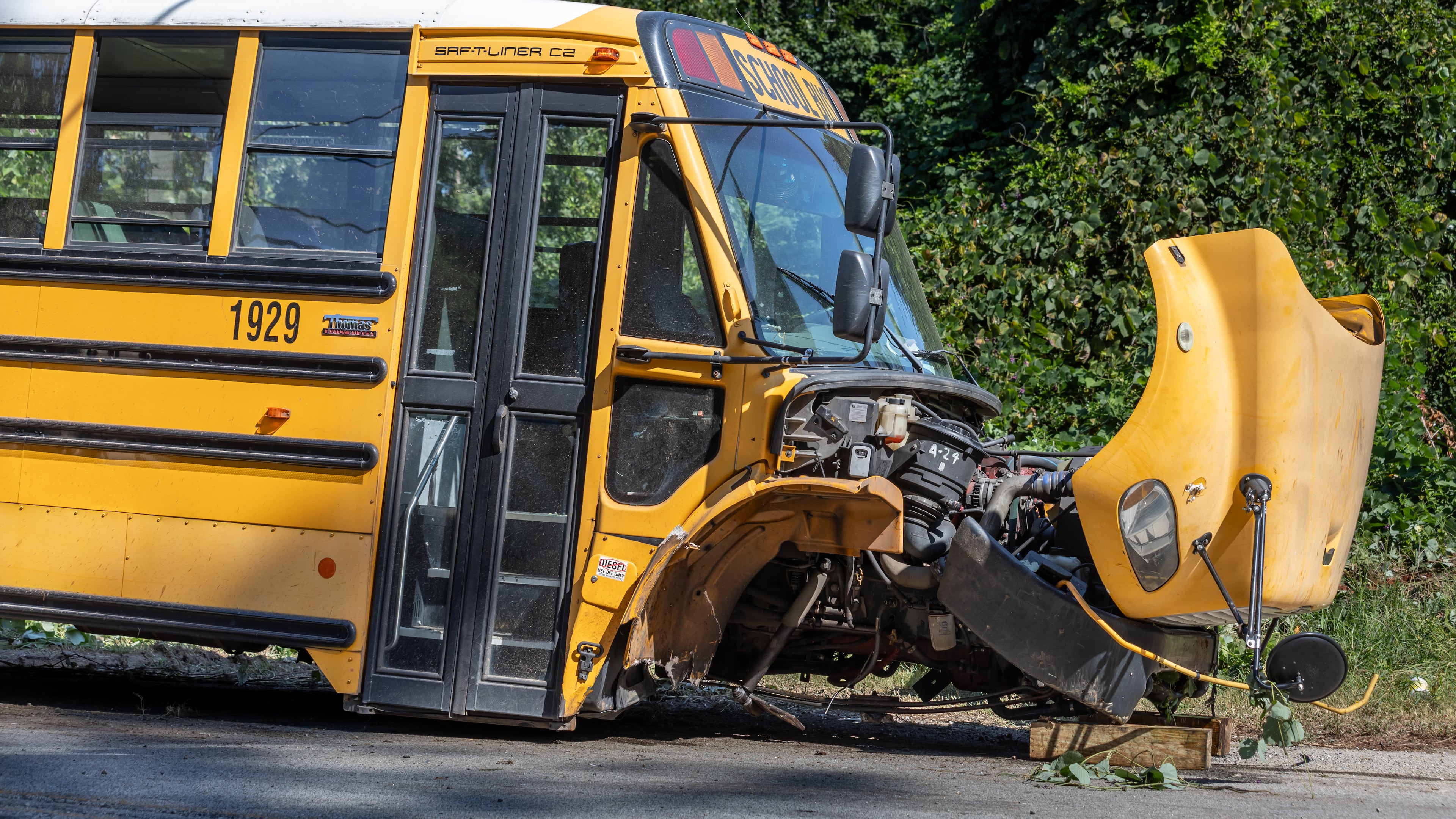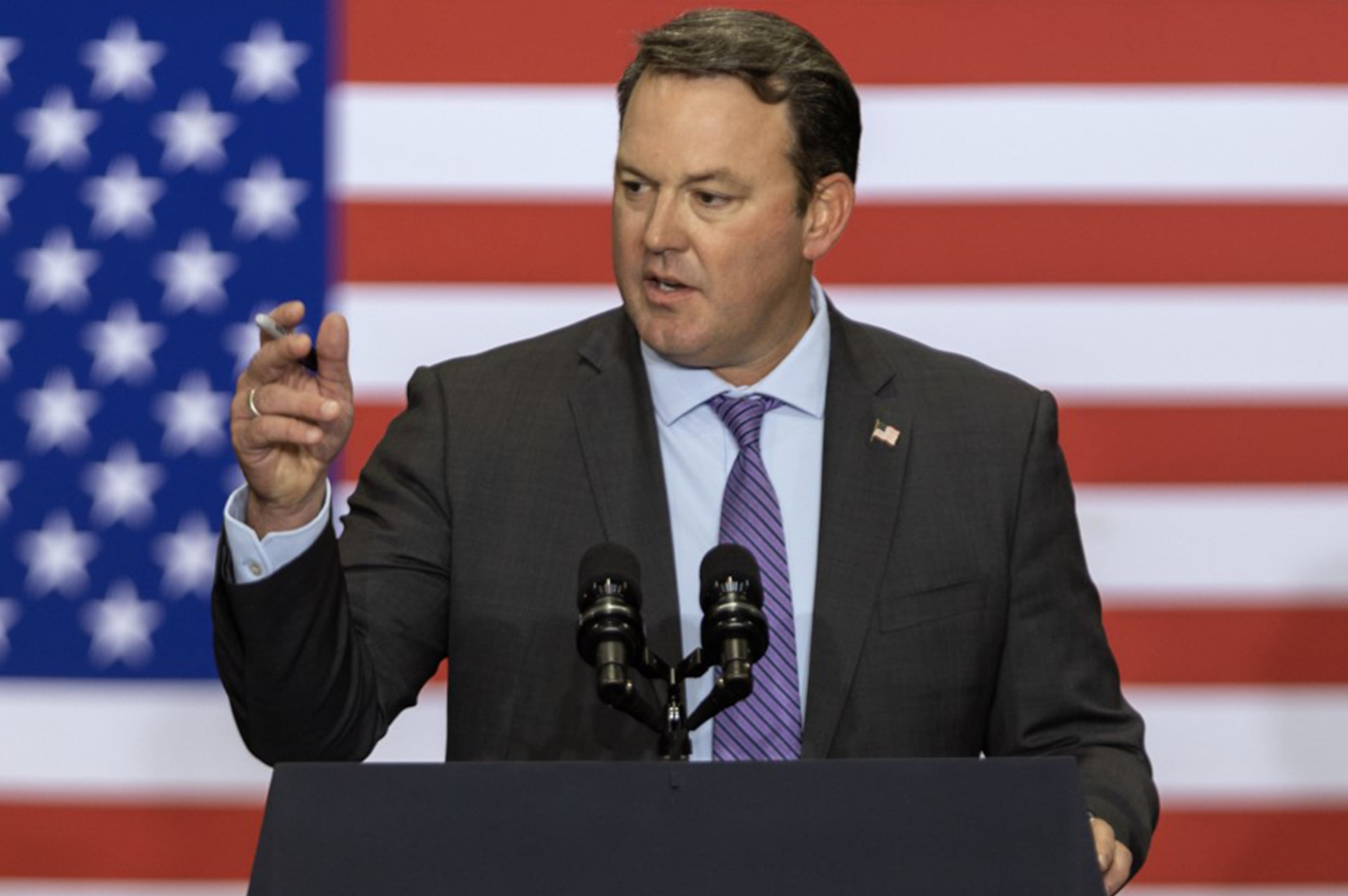Gridlock Guy: Shocking number of bus wrecks on Georgia roads this school year

School buses are crashing at an eye-raising rate in Georgia. The Department of Public Safety reports well over 200 crashes since Aug. 1, the effective beginning of the state’s school year. While many of these incidents were minor, nearly 100 of those crashes saw drivers in other vehicles at fault.
Given the precious cargo on school buses and how much carnage a crash with those behemoths can cause, Georgia drivers should use far more caution.
The DPS, which oversees school buses via its Commercial Vehicle Enforcement unit, says that 91% of injuries in school bus crashes happen to people in the other, smaller vehicles. So these motorists put nearly one million Georgia students that ride buses daily at risk, and they endanger themselves even more.
DPS School Bus Safety Division Commander Capt. Anthony Hudson spelled out clear reasons why so many of these wrecks happen.
“Drivers are impatient,” Hudson told 11Alive and The Atlanta Journal-Constitution. “They’re leaving at the last minute and they are always in a rush.”
One thing commuters can take for granted is the major swing in traffic patterns between summer break and the start of the fall semester. As we discussed near the start of this school year, people simply need to take a breath around school buses and their routes.
Any commute that includes a school bus route will take longer than it does during the summer. School zones have more pedestrians, more cars stopping to load, and, yes, more buses. Going to school is these kids’ jobs and Georgia has approximately 1.7-million “workers” (K-12 students) that rejoined the “workforce” when summer break ended.
“Take a little extra time to get from point A to point B,” Hudson urged. And he warned about the ever-present distractions. “Put down the cellphone, pay attention to your surroundings, and always be prepared to stop.”
That last point was a constant refrain in my conversation with Hudson. School buses have planned routes and planned stops, but drivers nearby do not necessarily know where those are. But buses are yellow and adorned with flashing lights for a reason.
Hudson recommended that drivers allow themselves two or more car lengths behind a bus, so they have plenty of time to stop. This not only protects students and drivers aboard buses, but also those waiting or loading nearby.
Hudson installs a high bar with this rule of thumb: “Any time that you see a school bus, you should automatically assume that that bus either is preparing to stop to unload or load kids to transport back and forth to school every day.”
Drivers should also remember that buses, like tractor trailers, need longer to react to other cars’ sudden lane changes and other erratic moves.
Remember the rules for stopping: when the stop arm is out for a school bus, traffic in both directions must stop. If there is a raised or divided median, then can oncoming traffic pass. Traffic in the direction of a bus must always stop.
This all holds true even if someone is late to work or has been stuck behind that same, slow bus for 2 miles. Yes, even you.
Finally, Hudson issued a reminder that so many in the safety community have said about school buses. “It could always be either yours or my child.”
School buses are still the safest form of travel for Georgia students, but the drivers around them continue to put everyone in that environment in danger - including themselves.
Doug Turnbull covers the traffic/transportation beat for WXIA-TV (11Alive). His reports appear on the 11Alive Morning News from 6 a.m. to 9 a.m. and on 11Alive.com. Email Doug at dturnbull@11alive.com.


